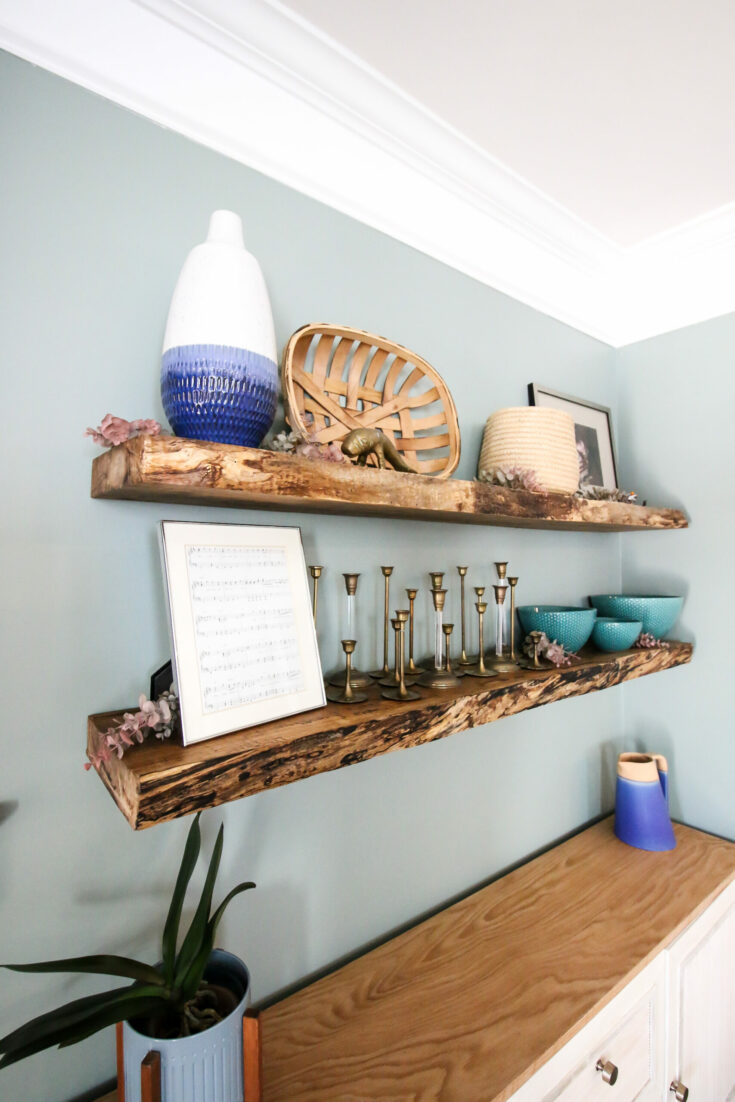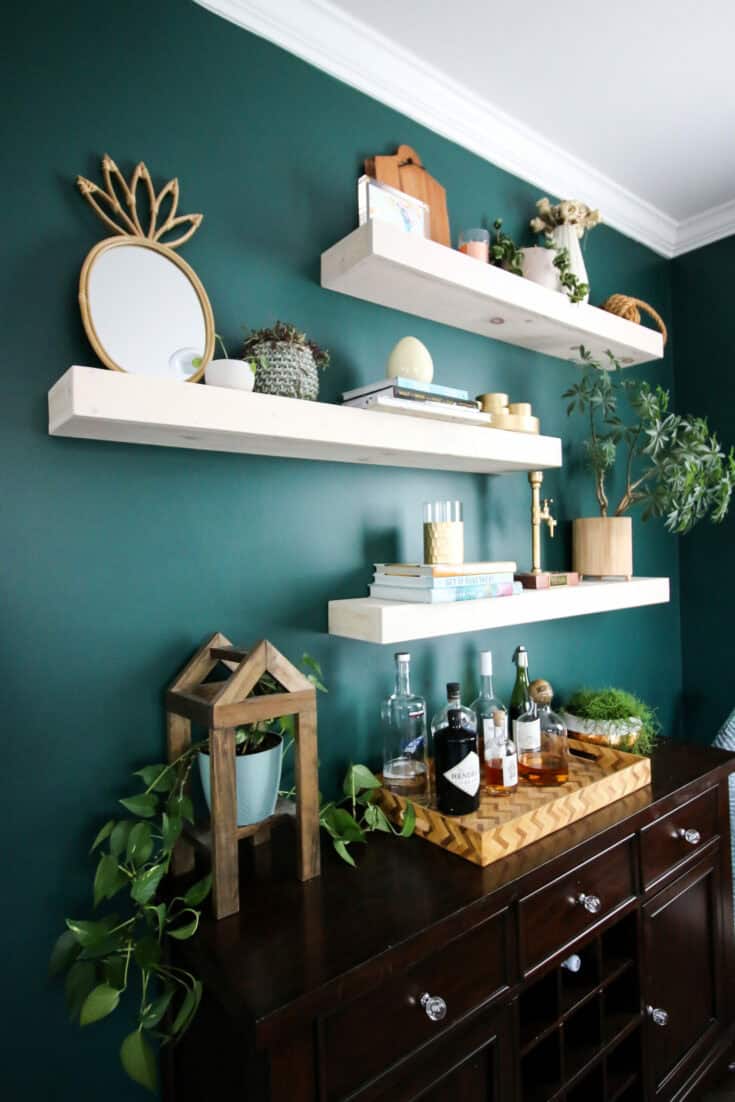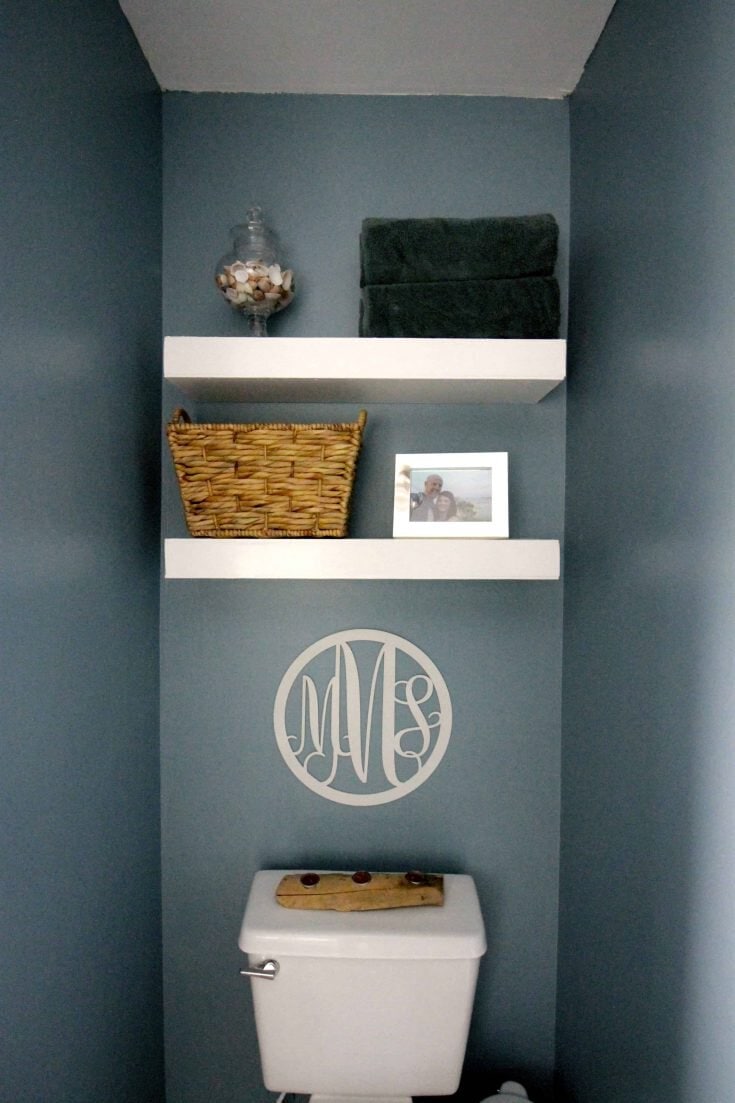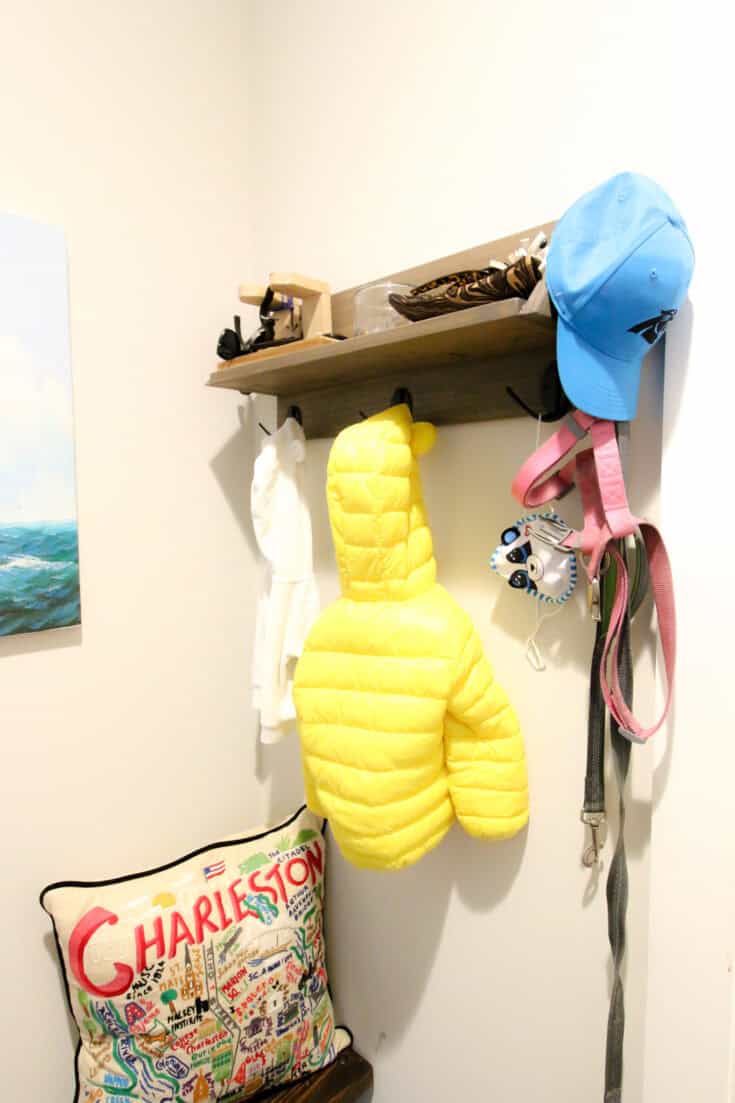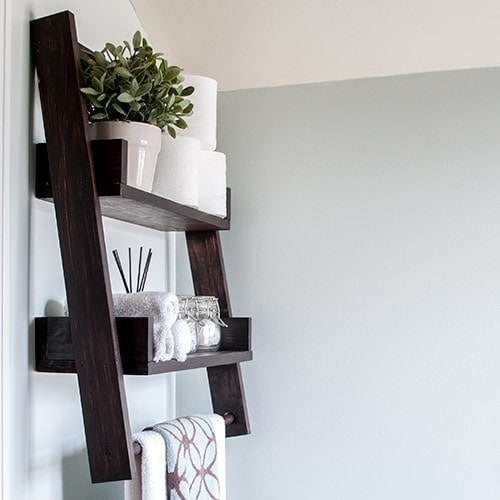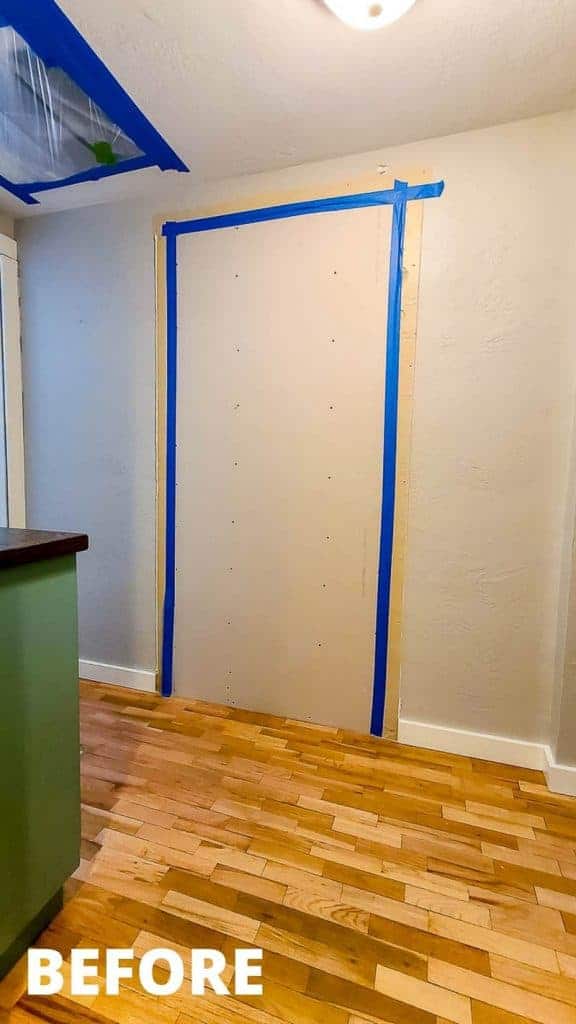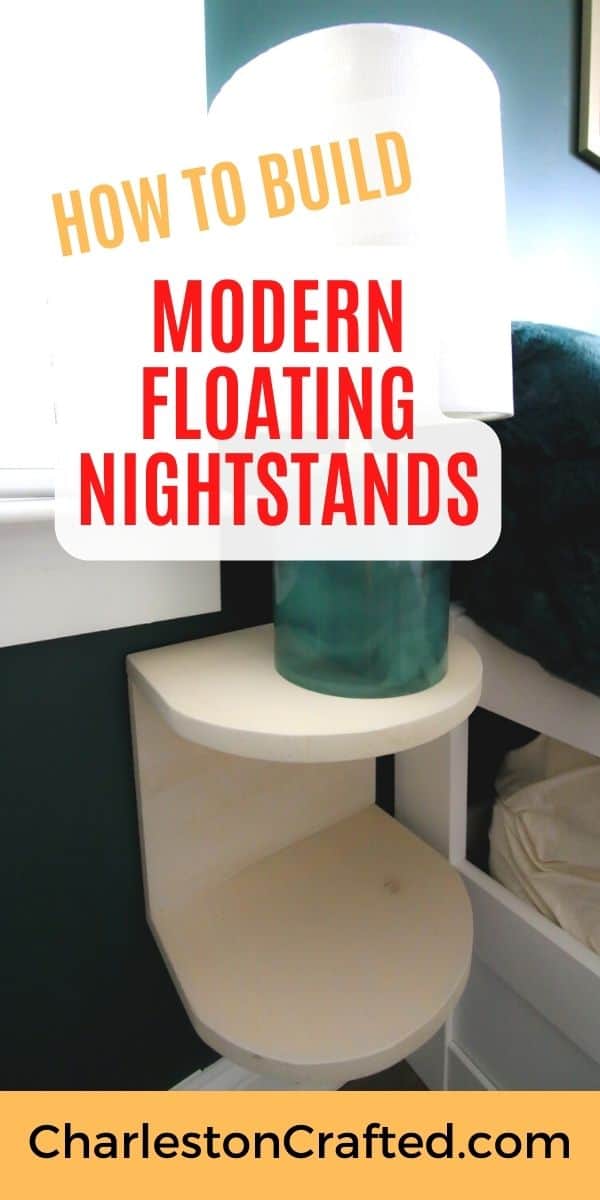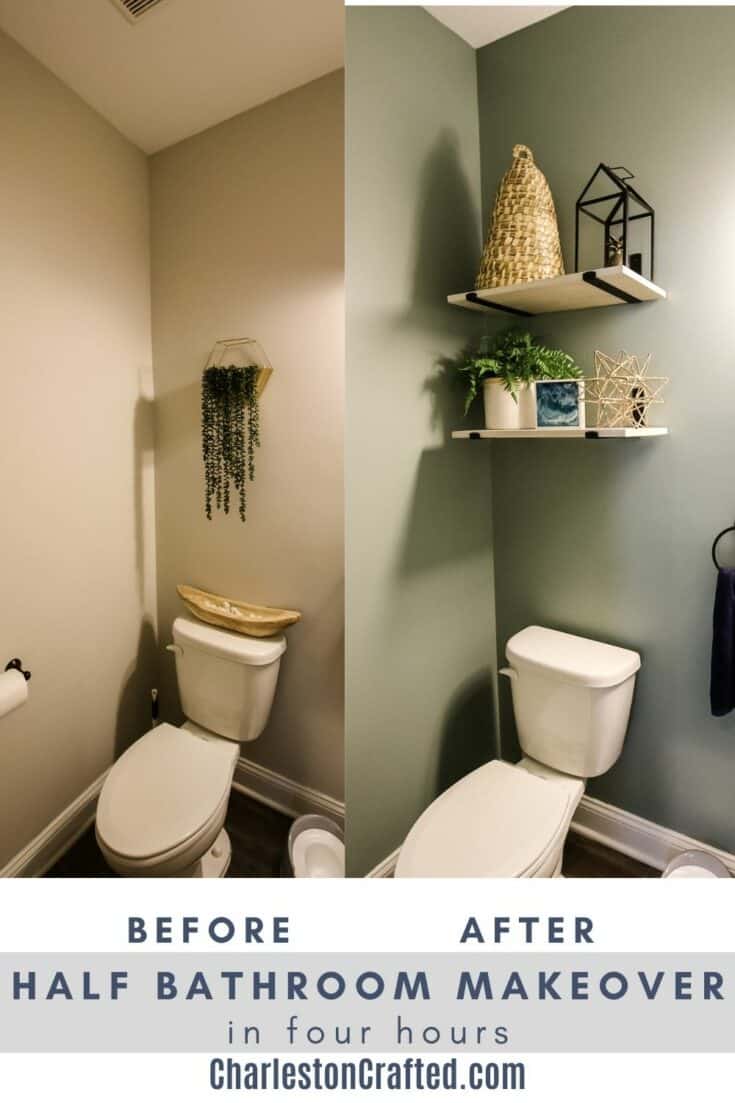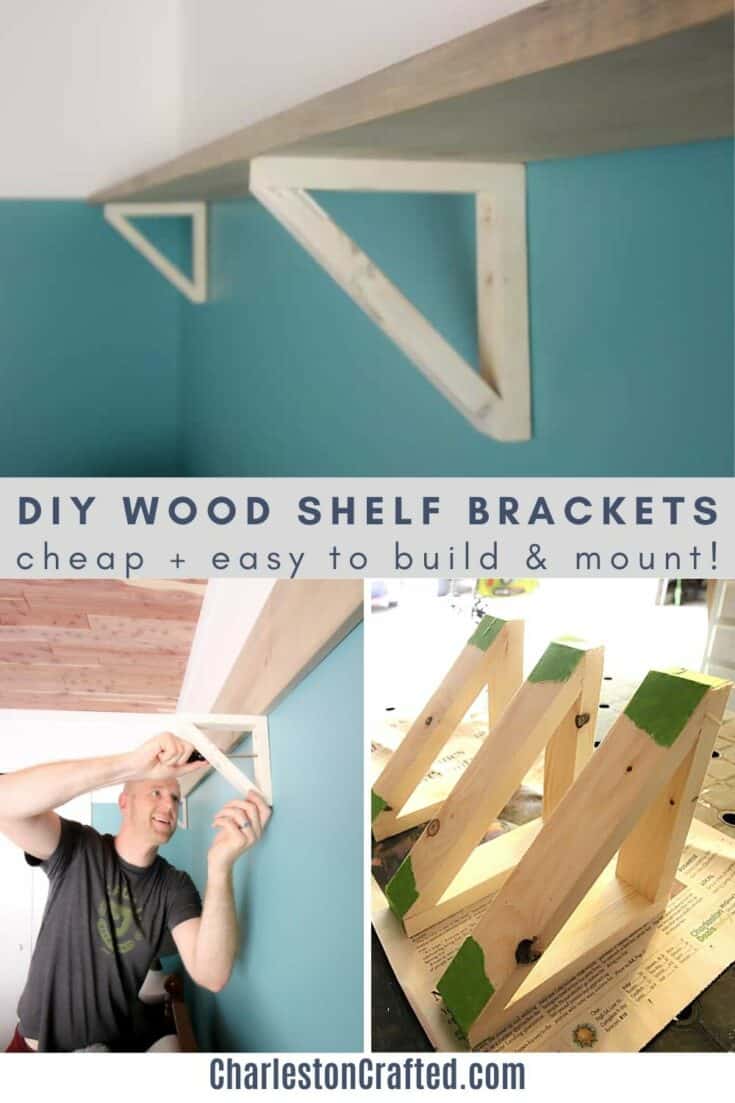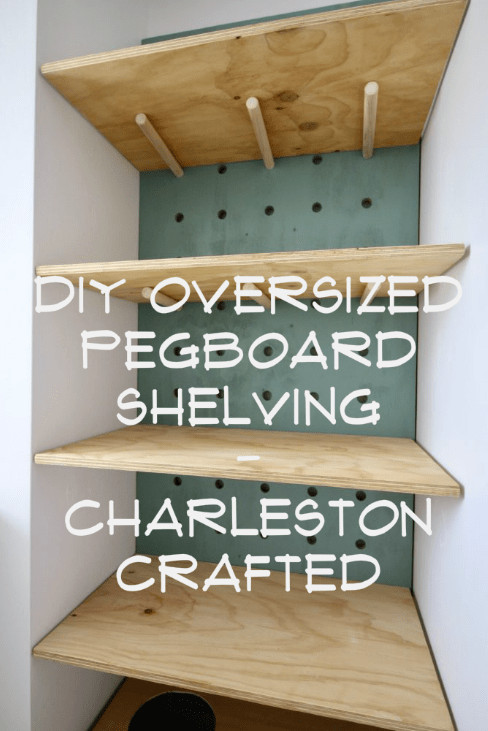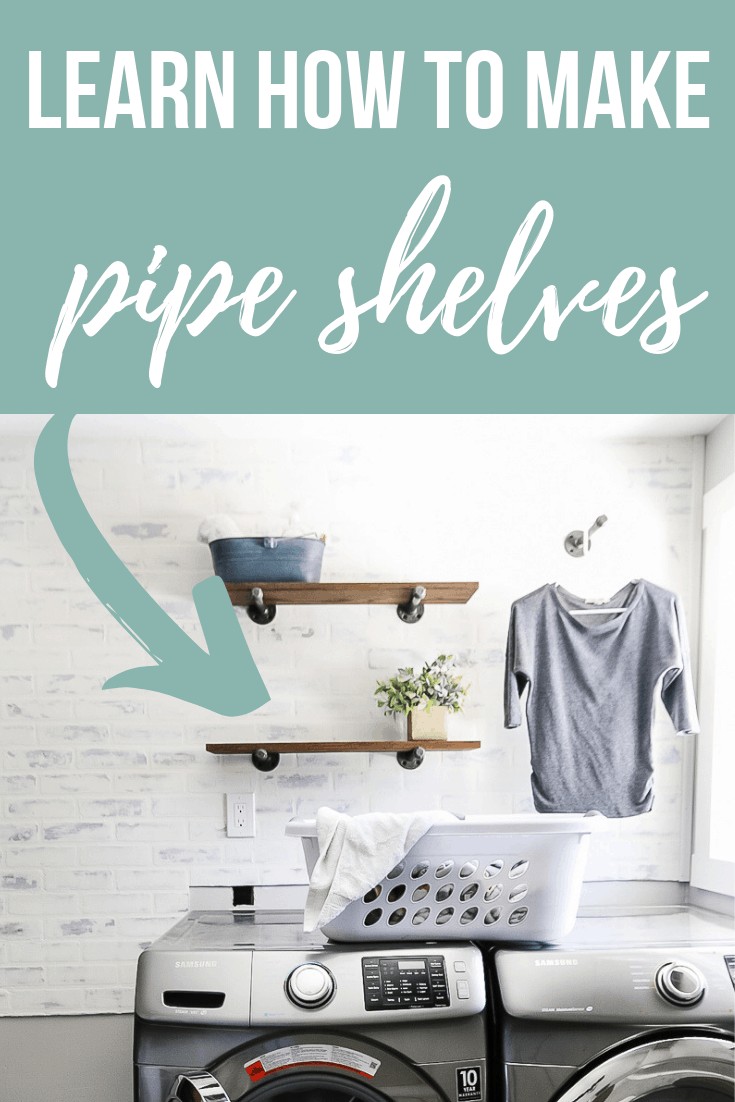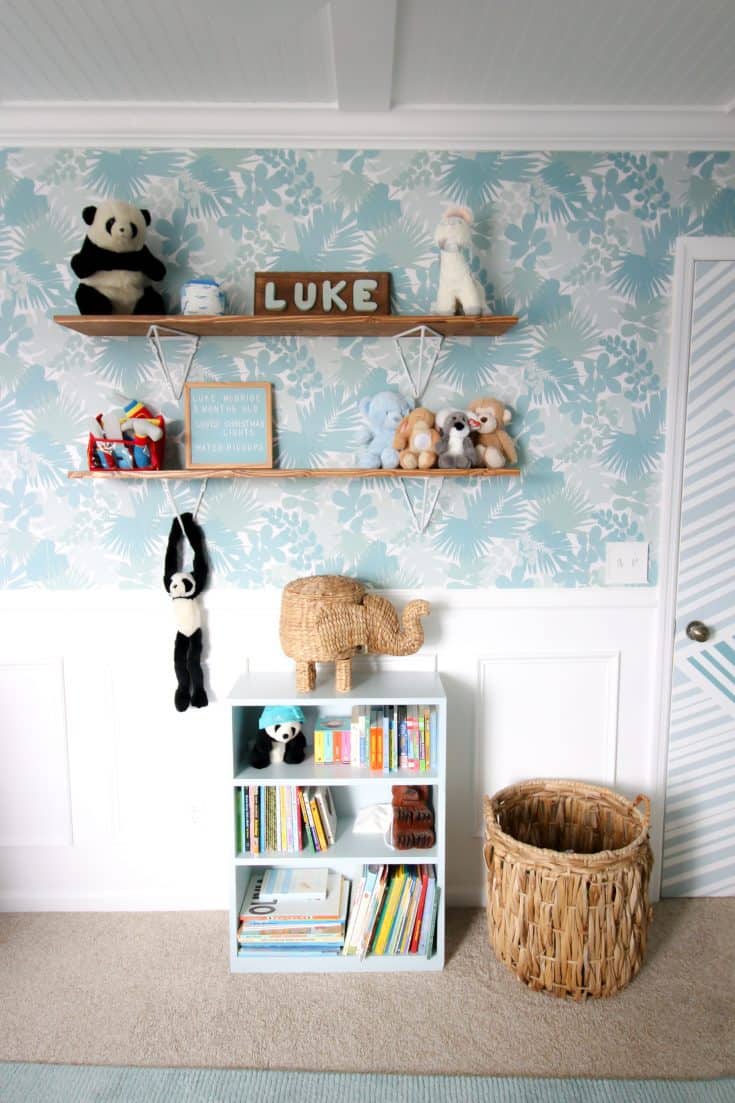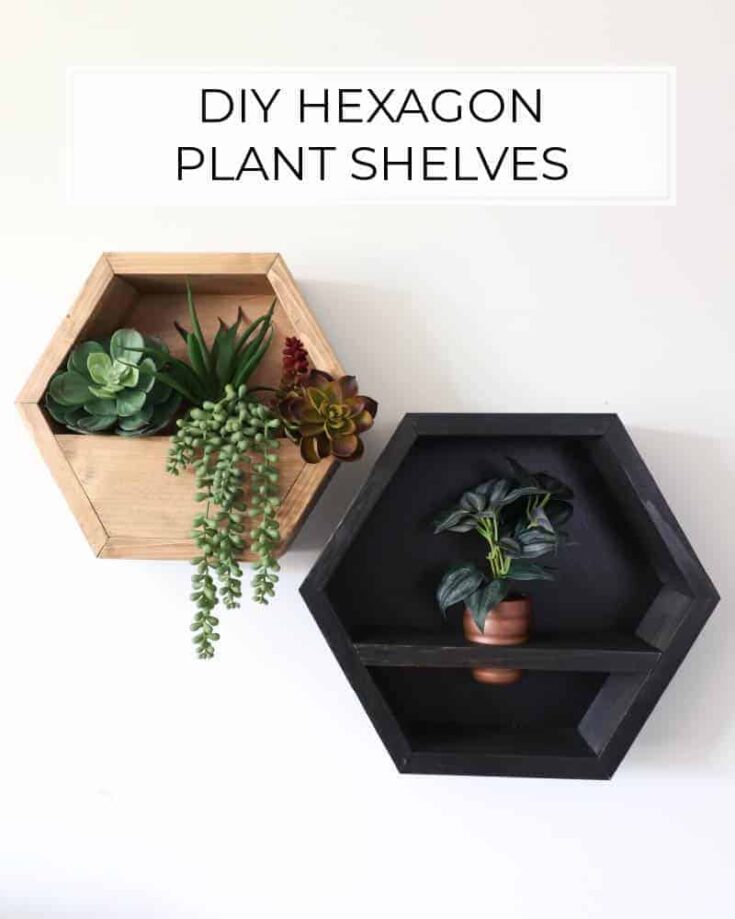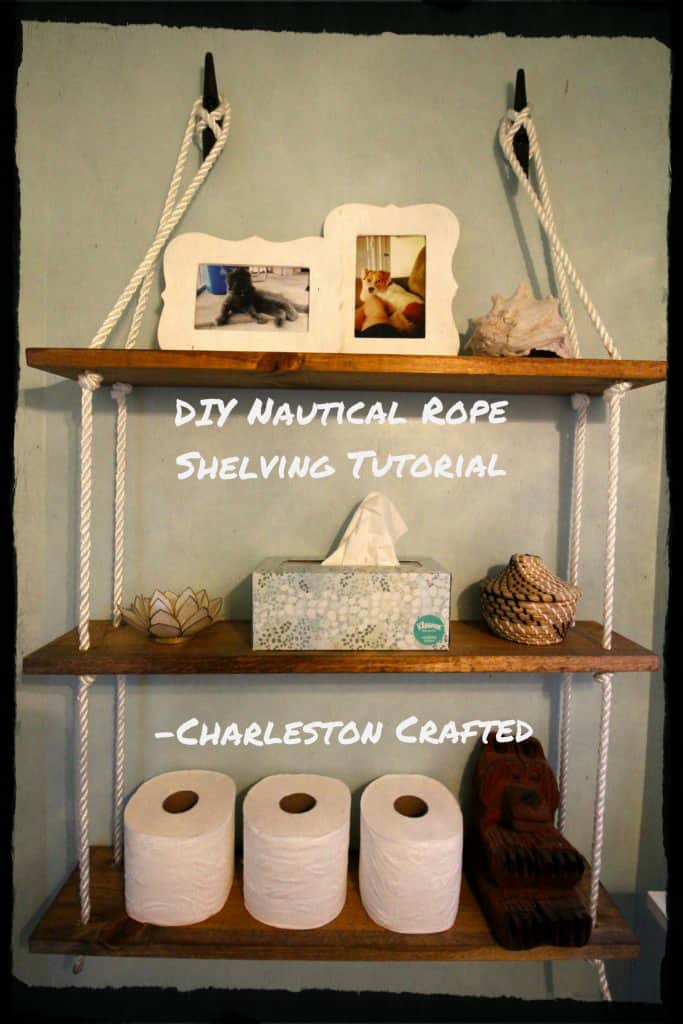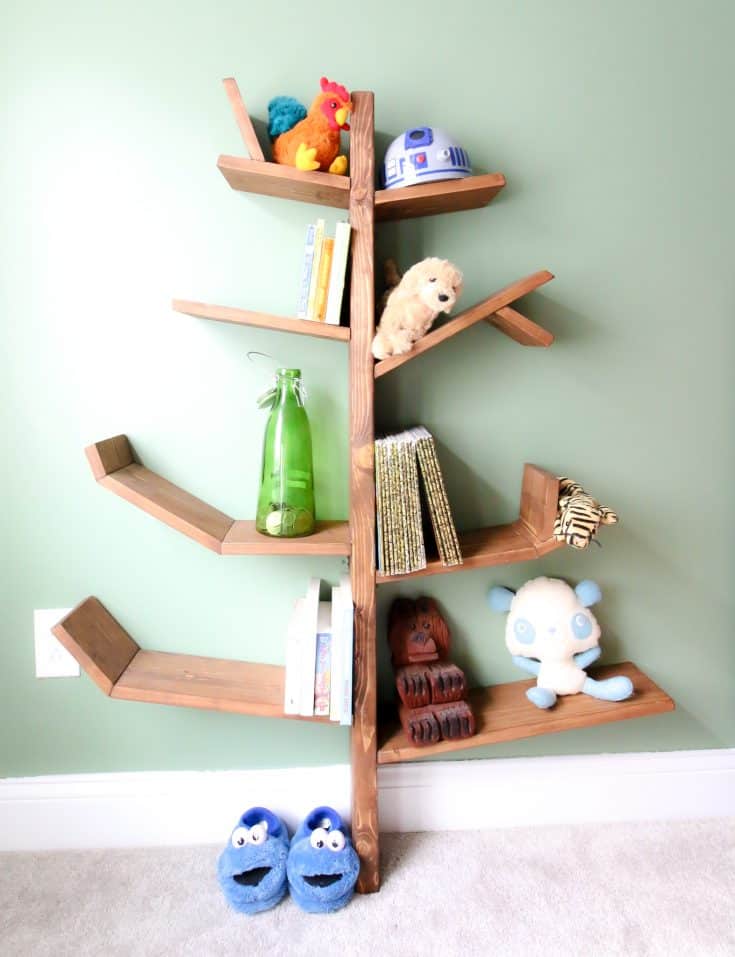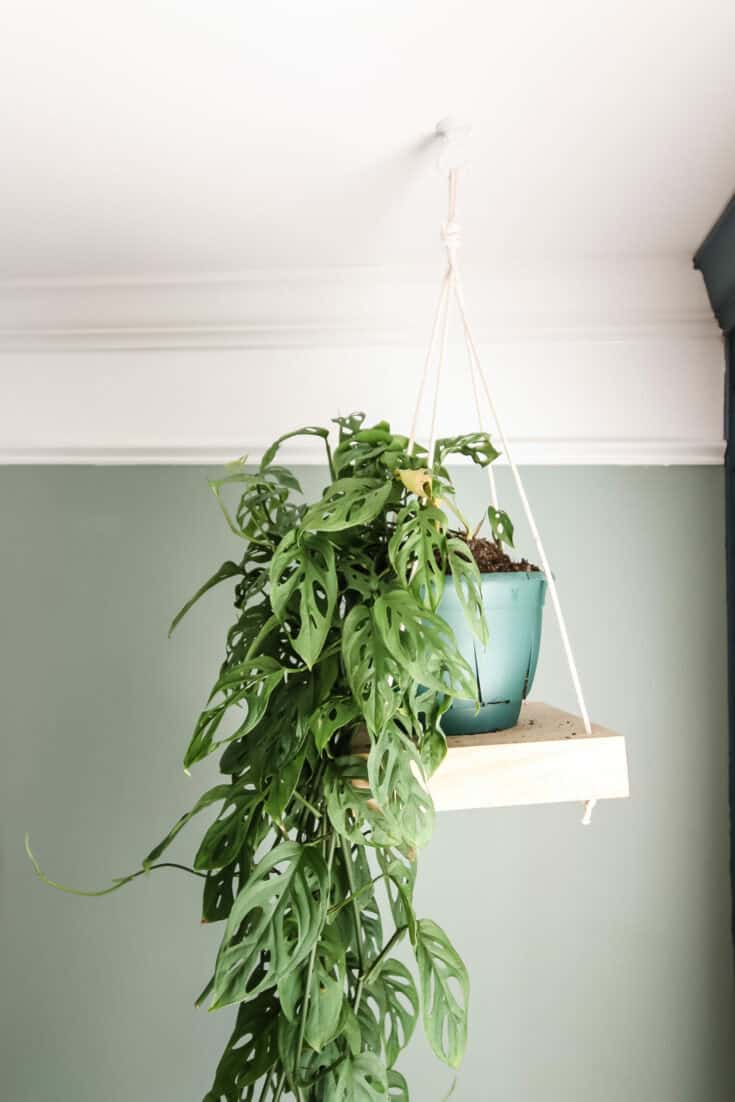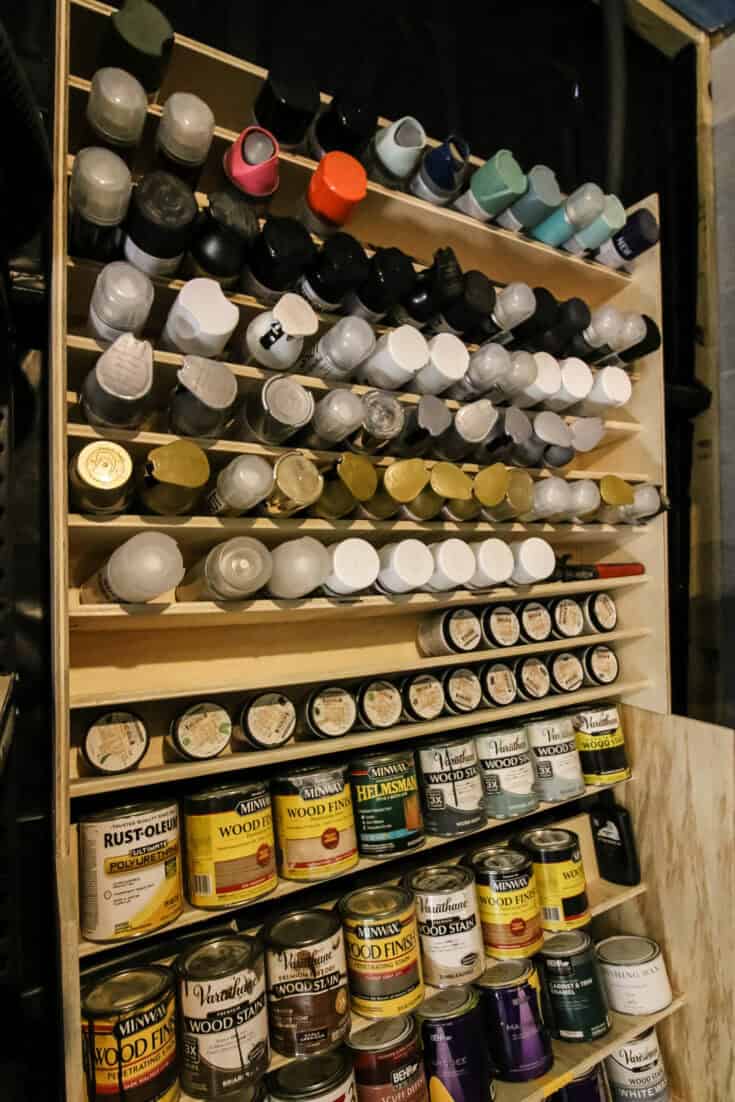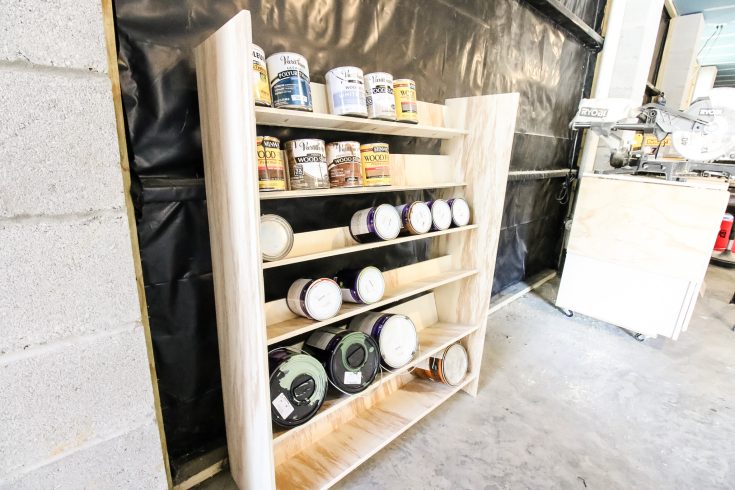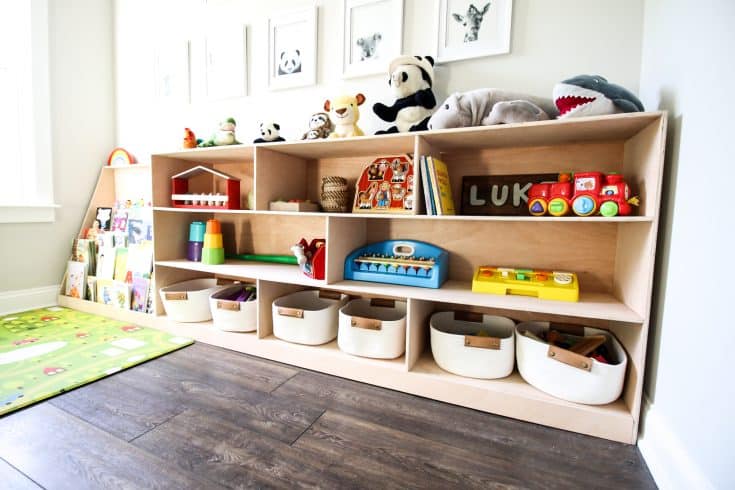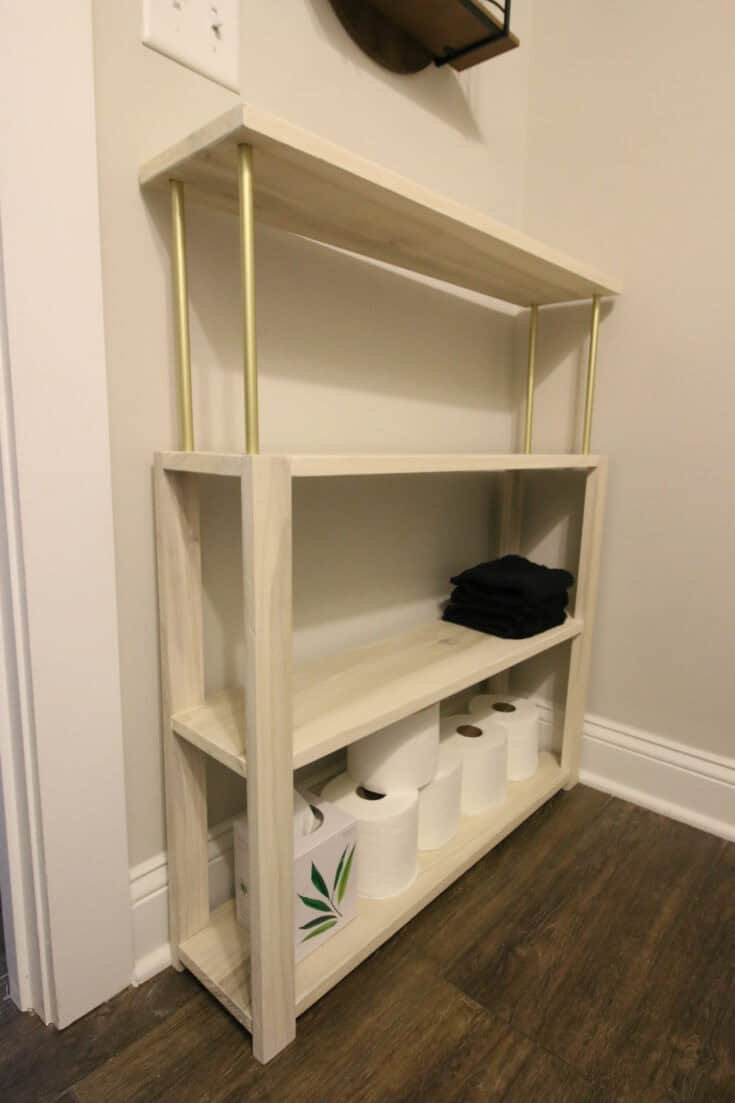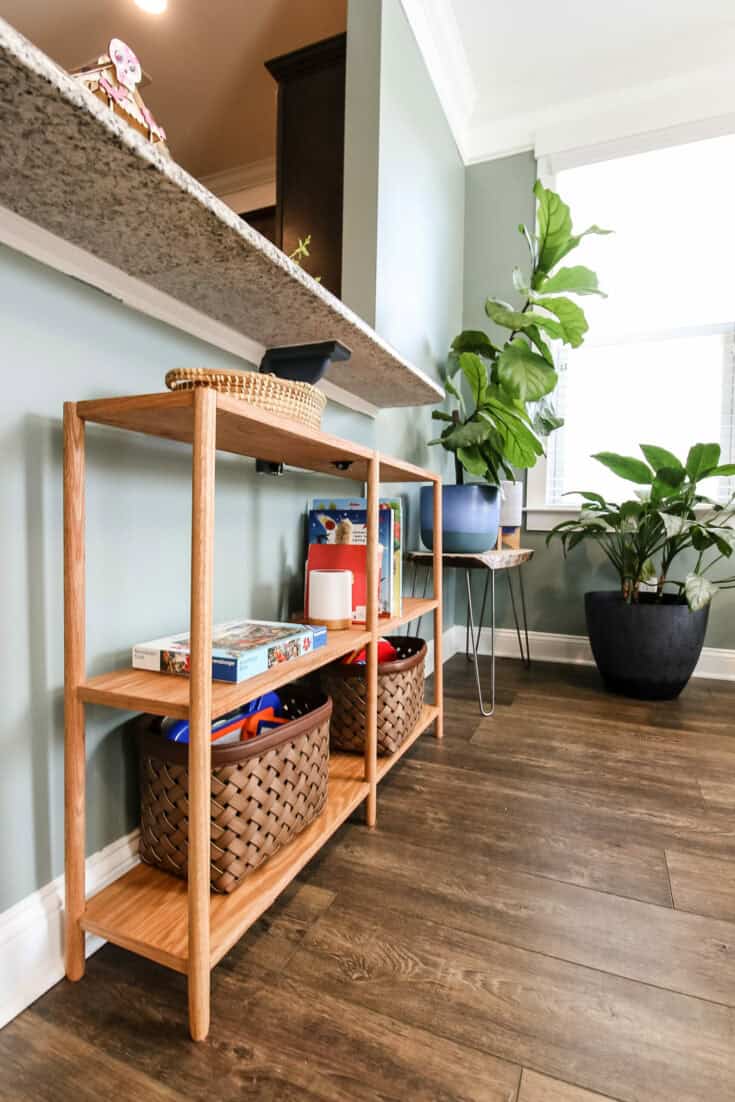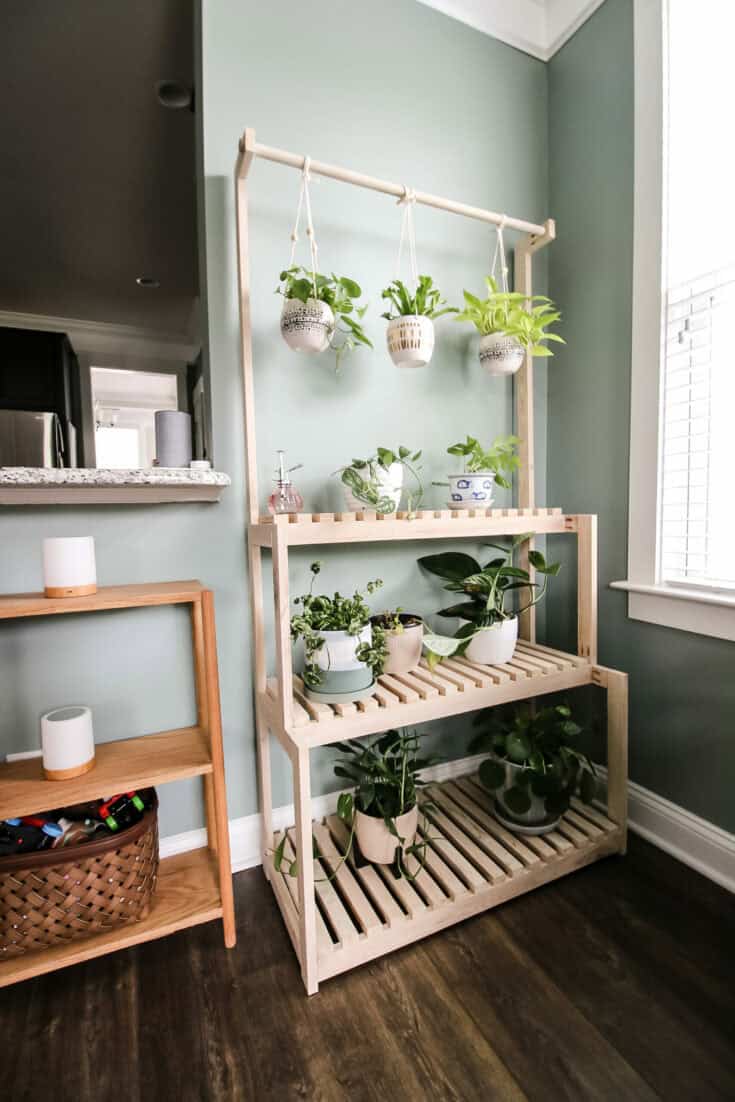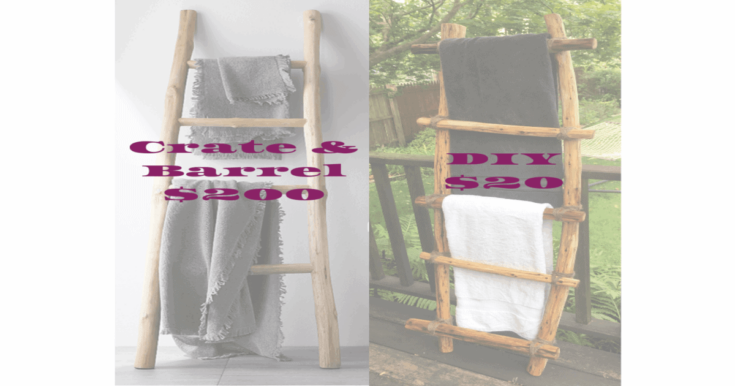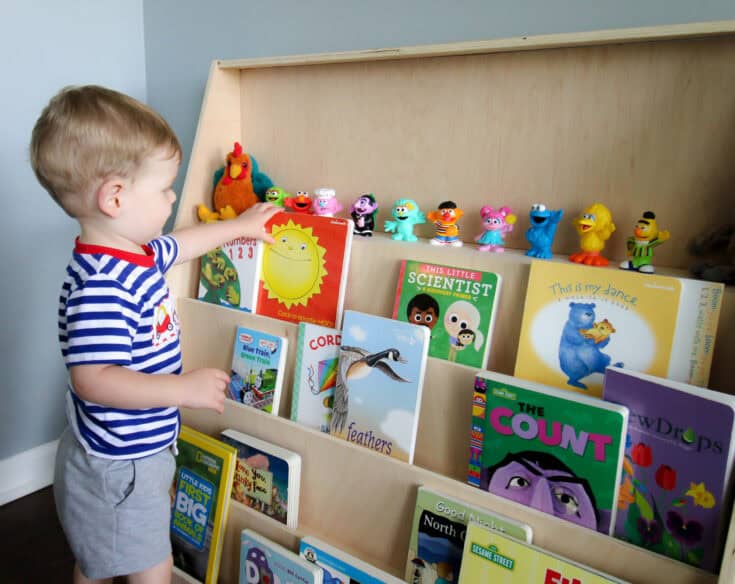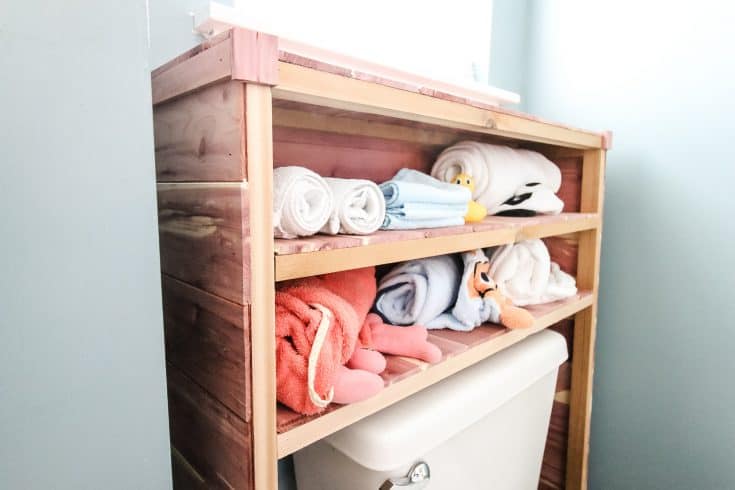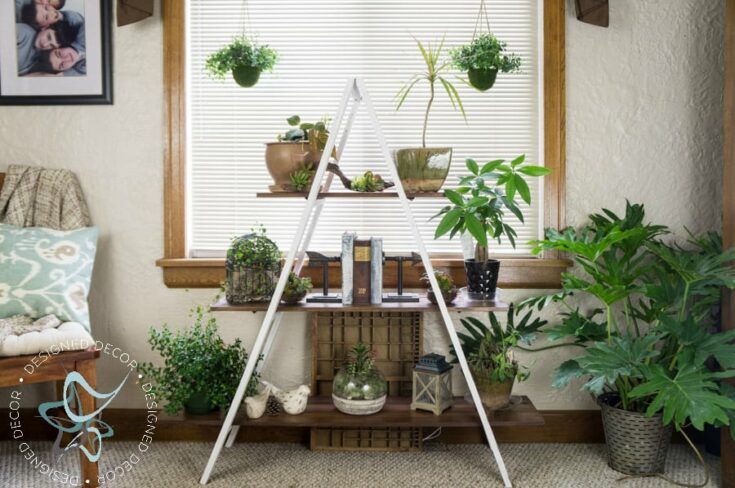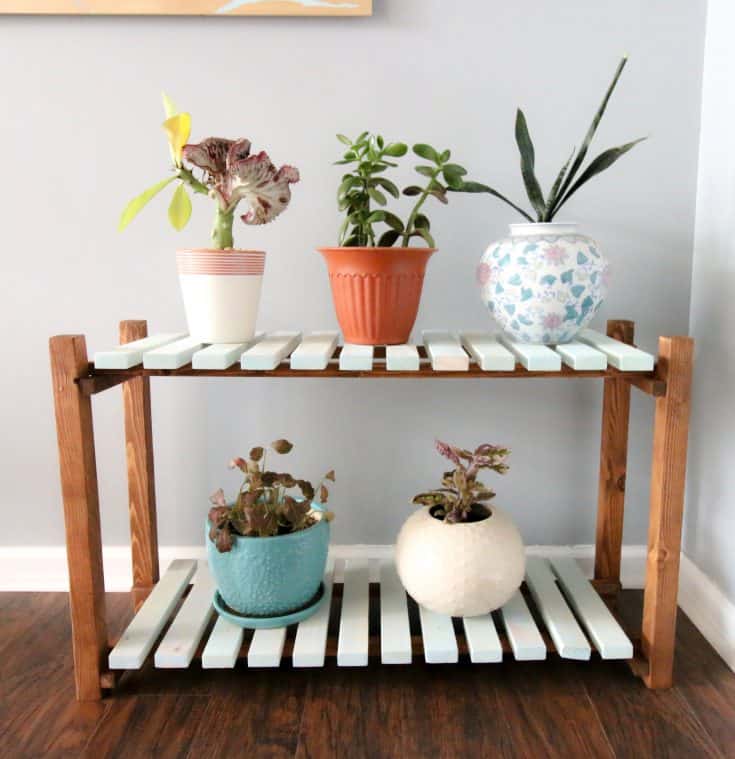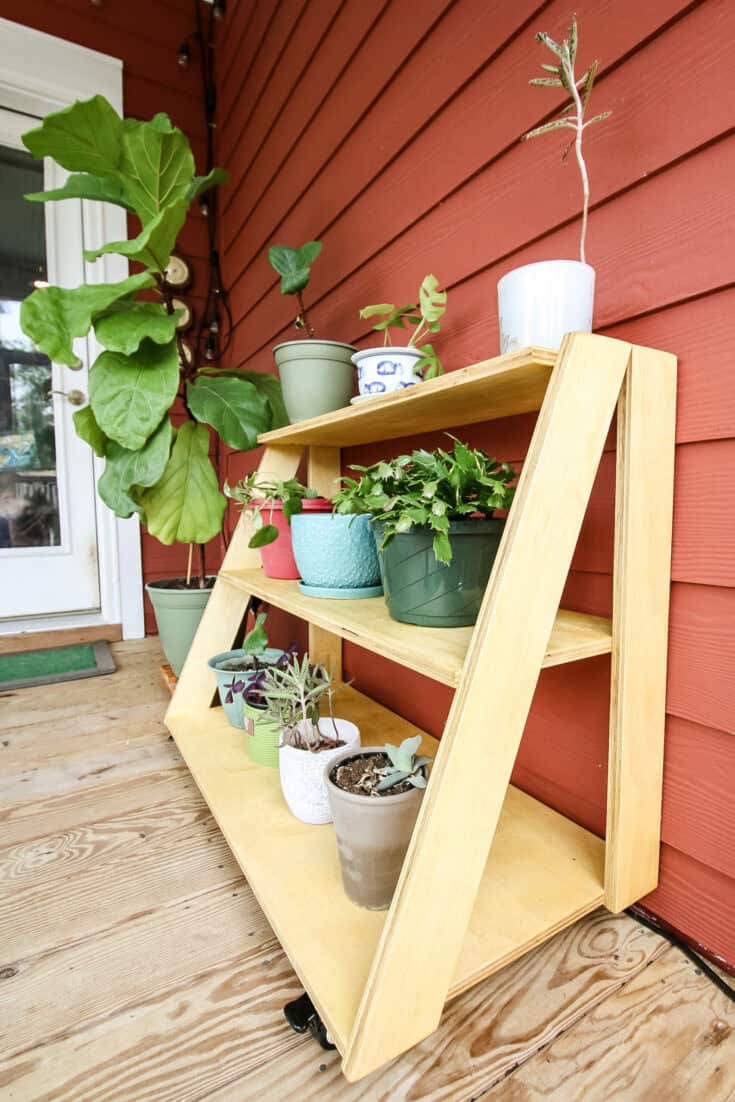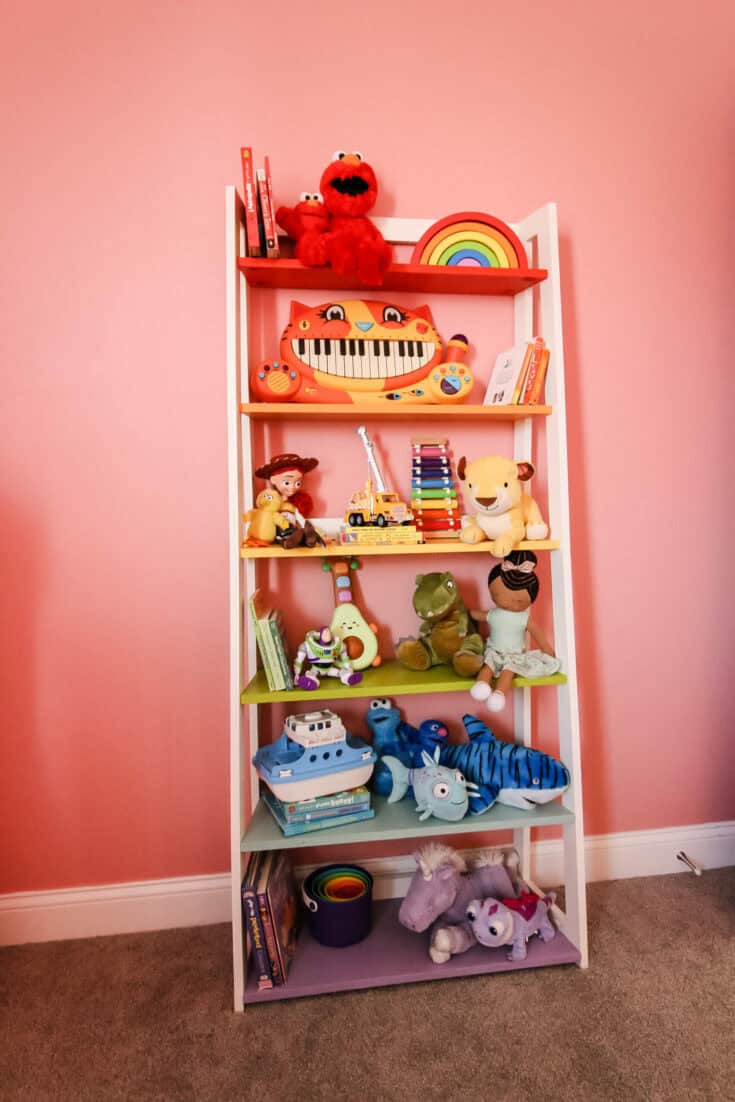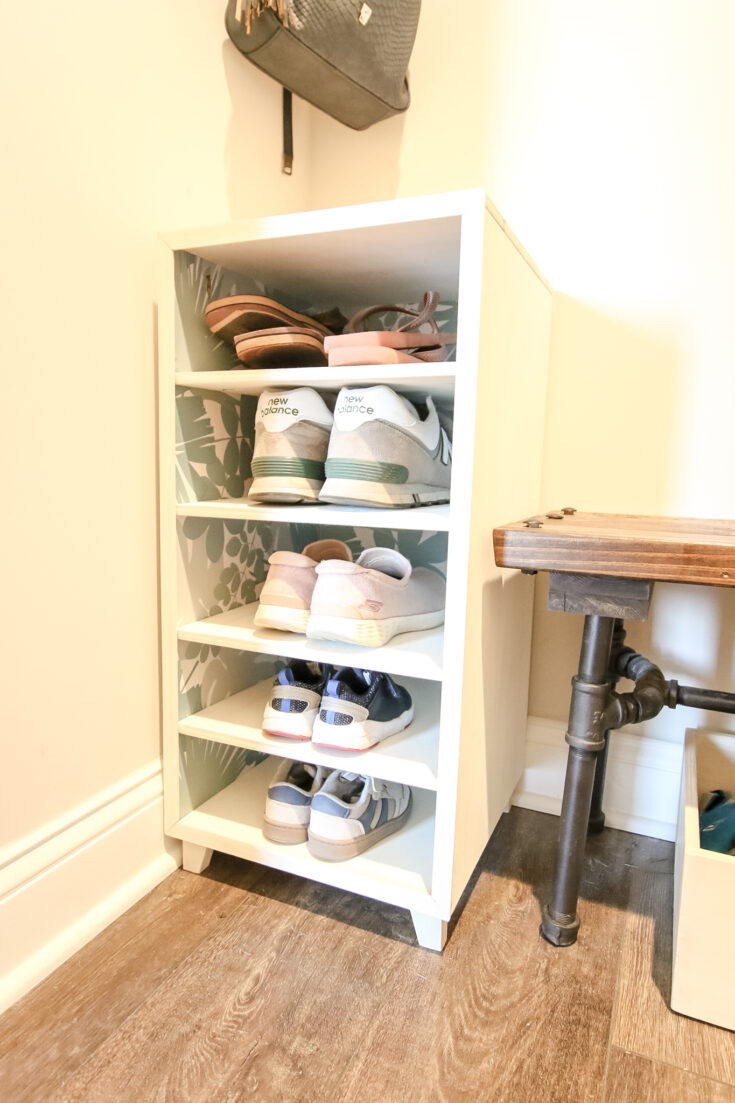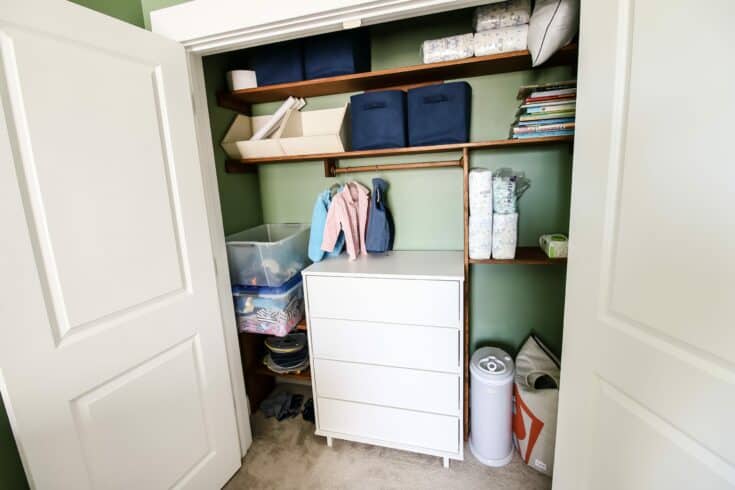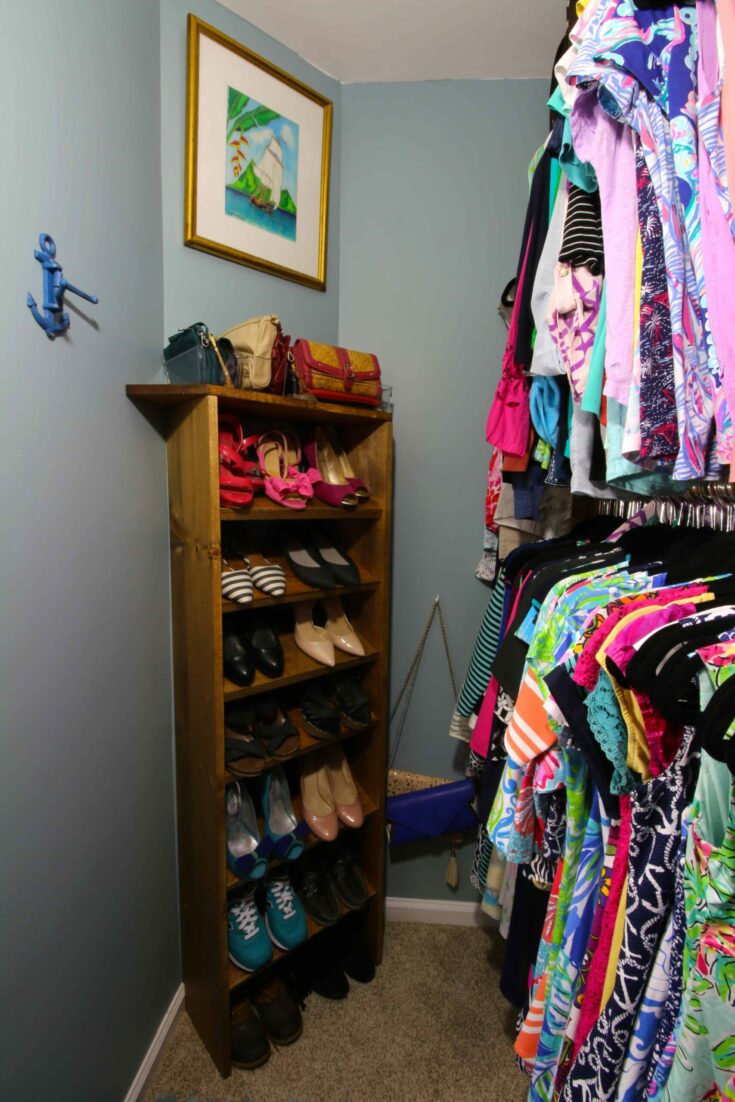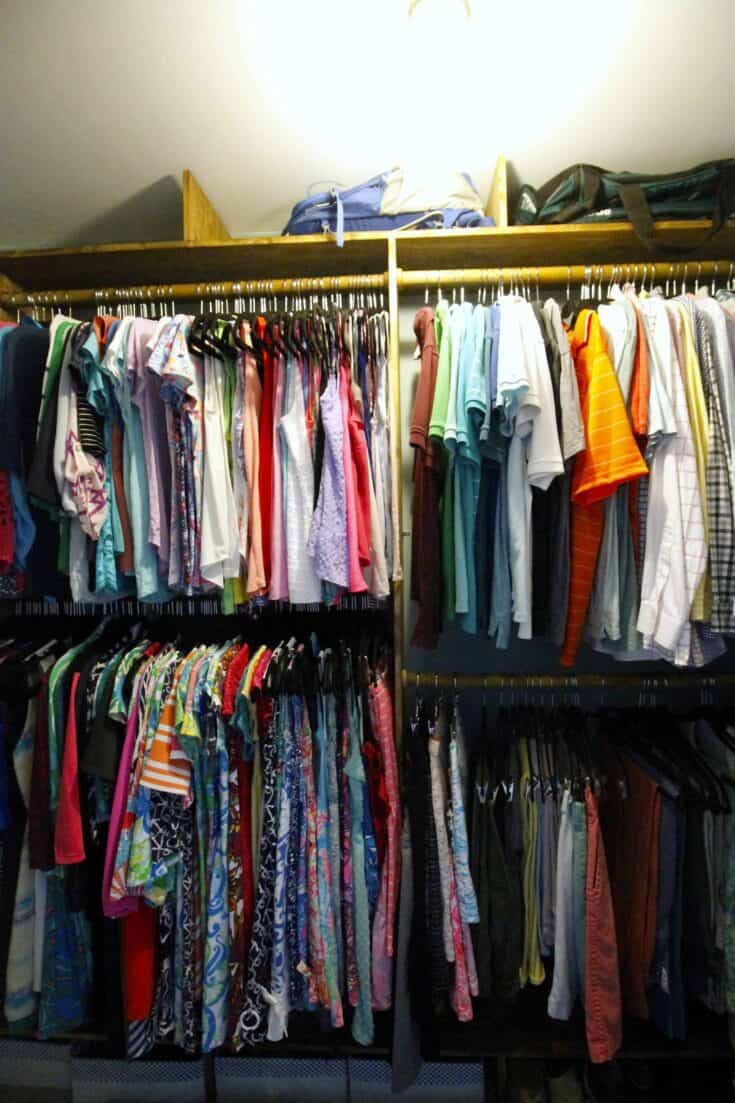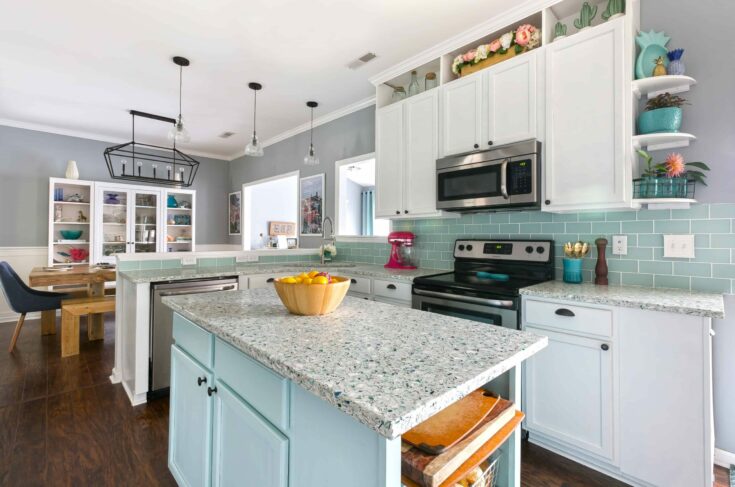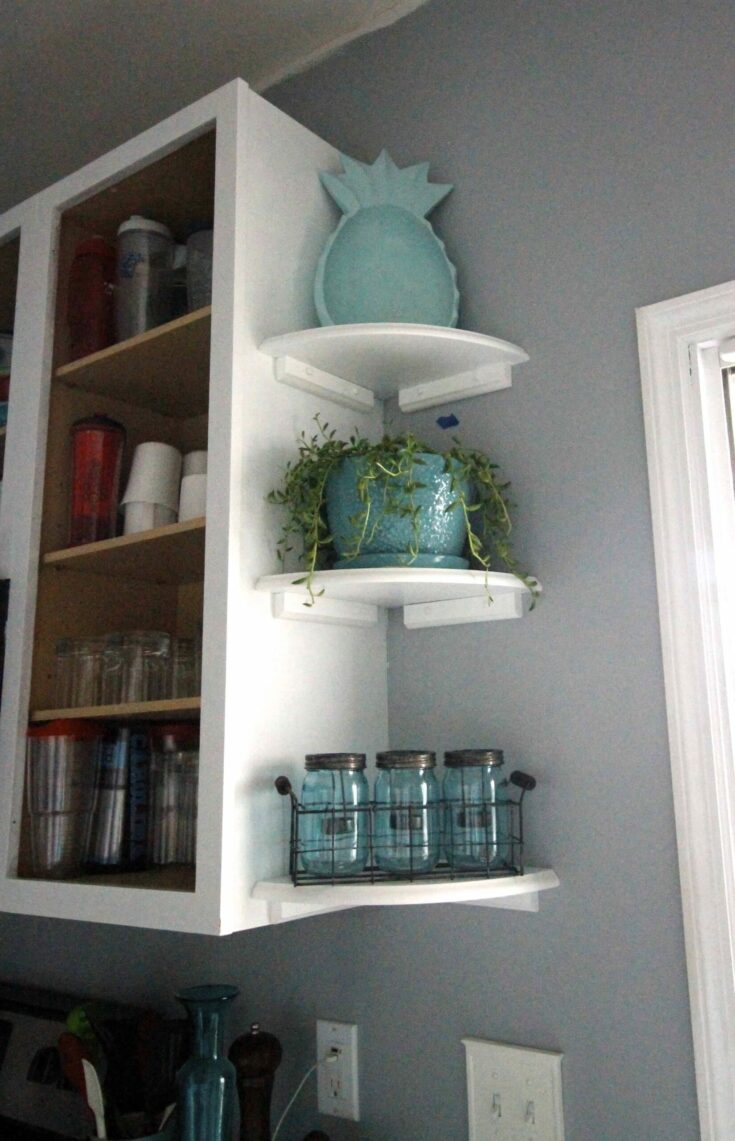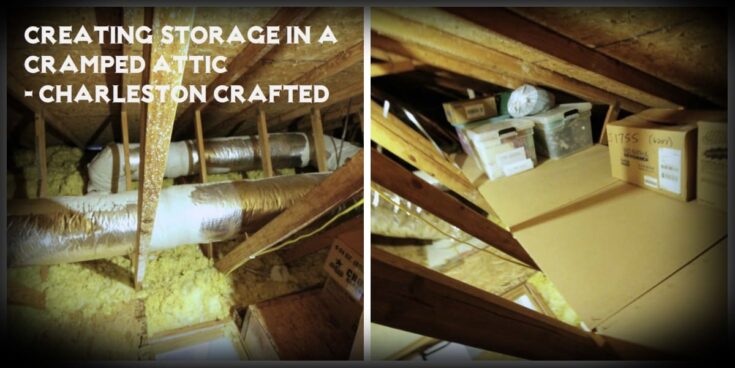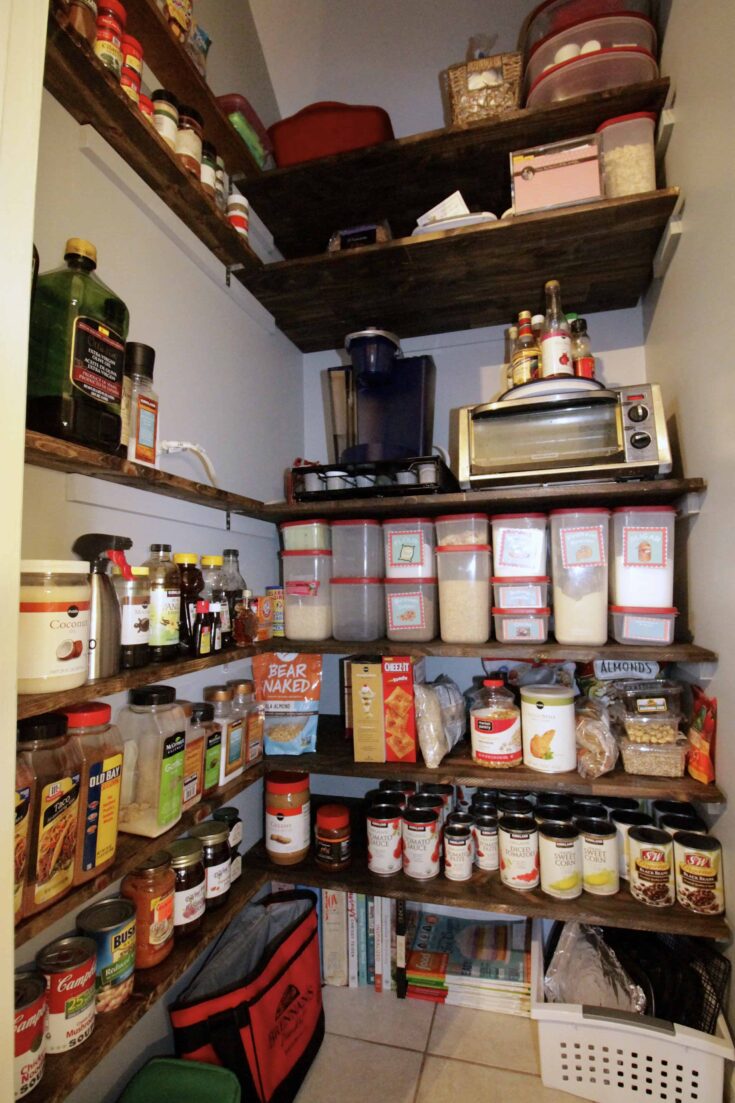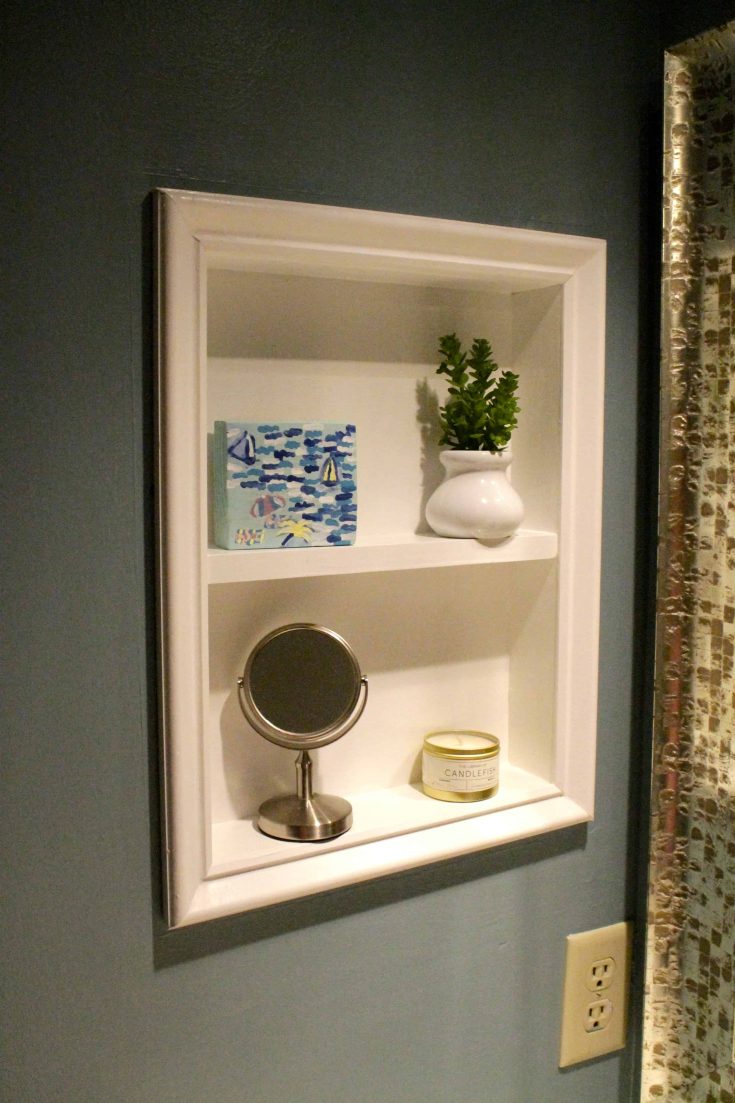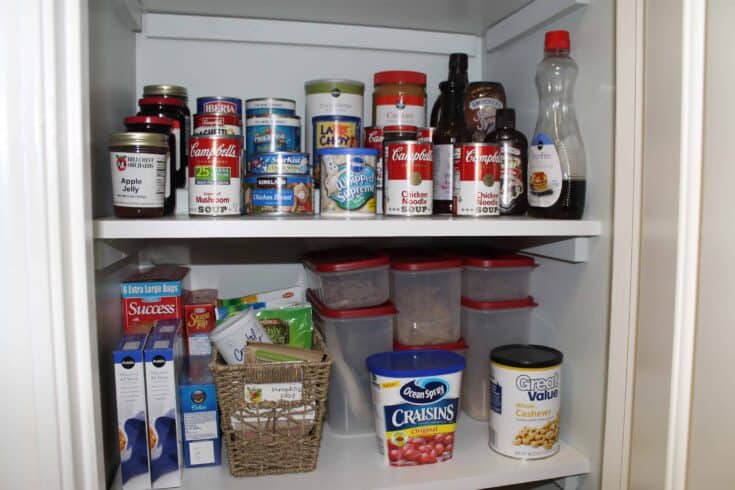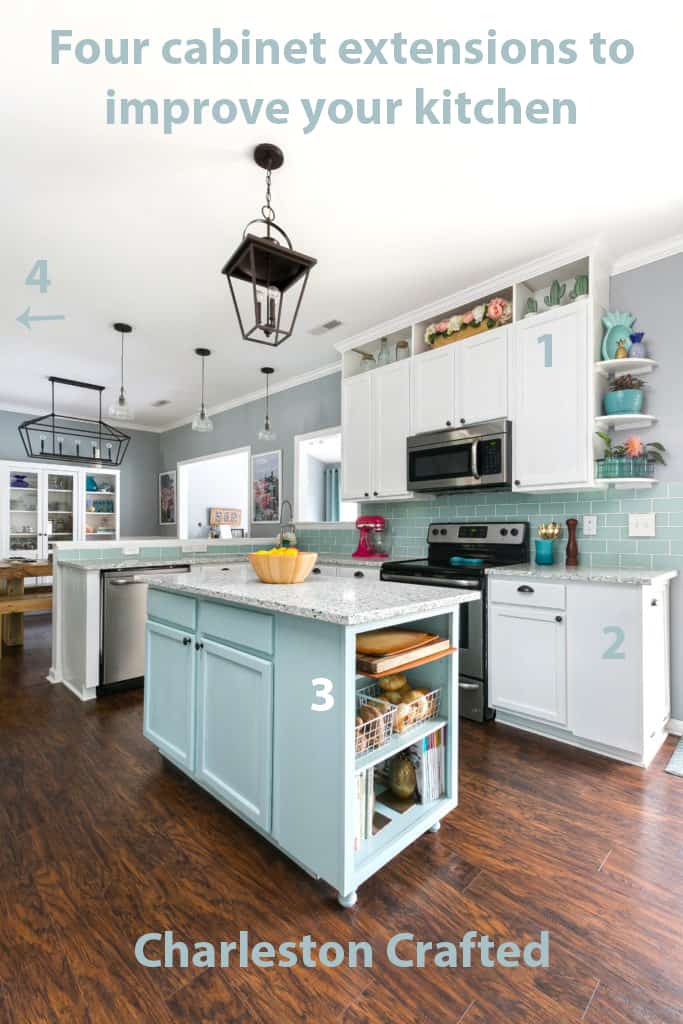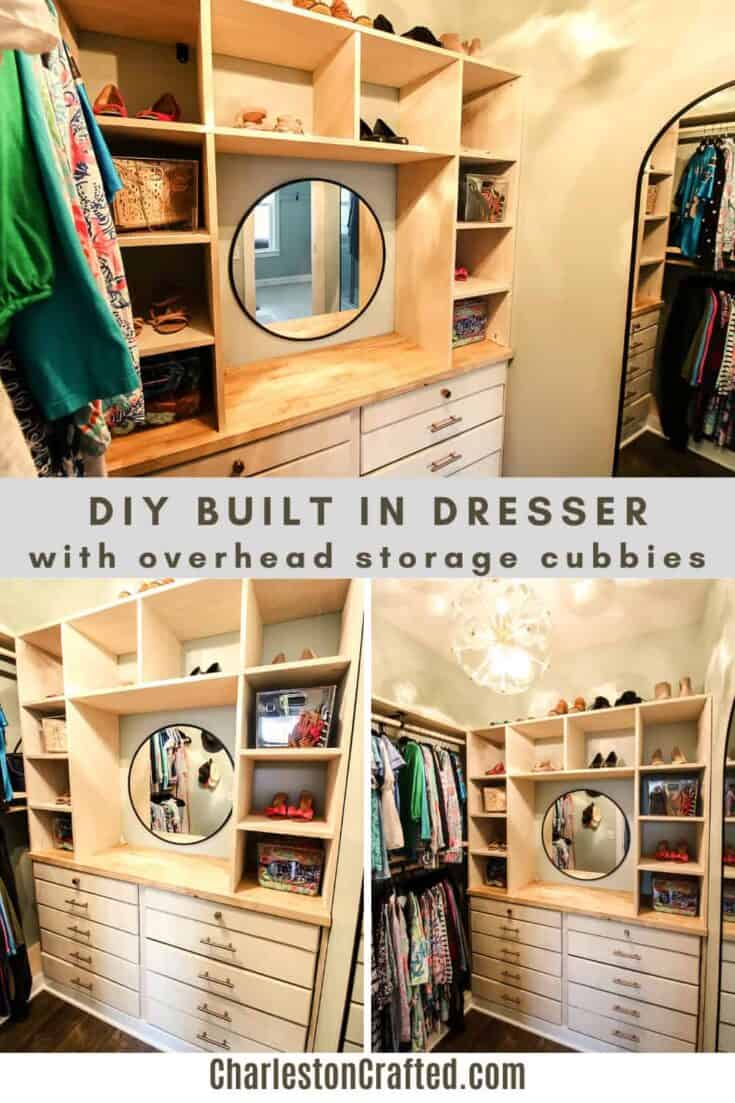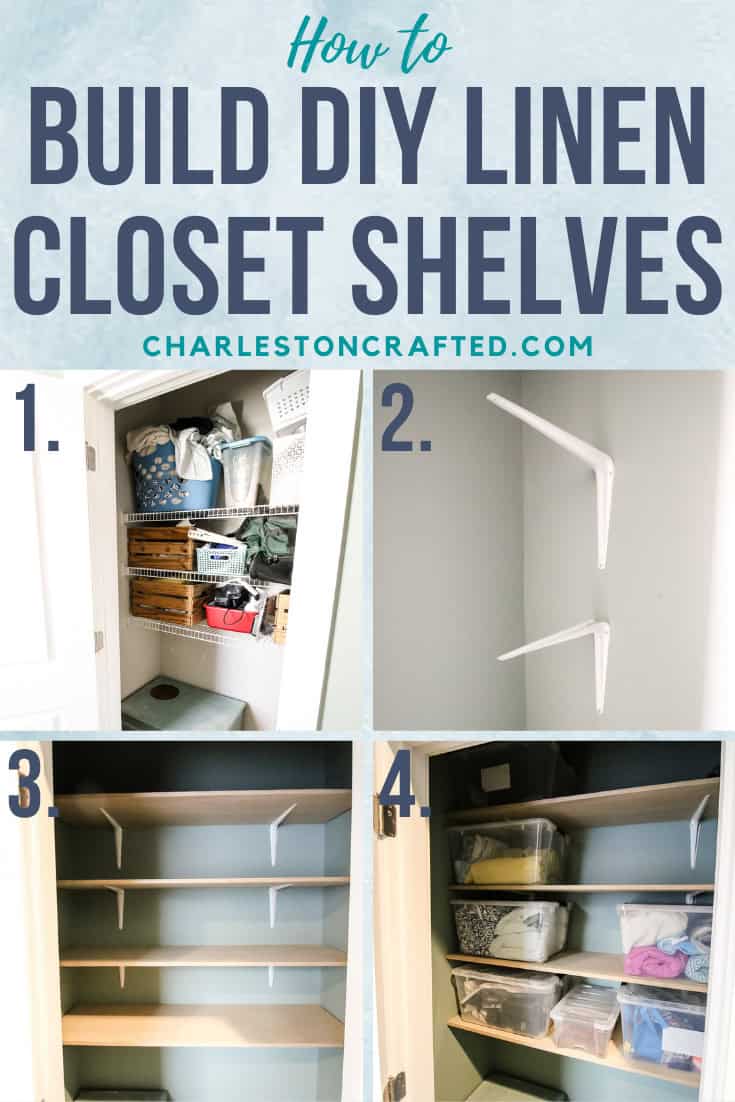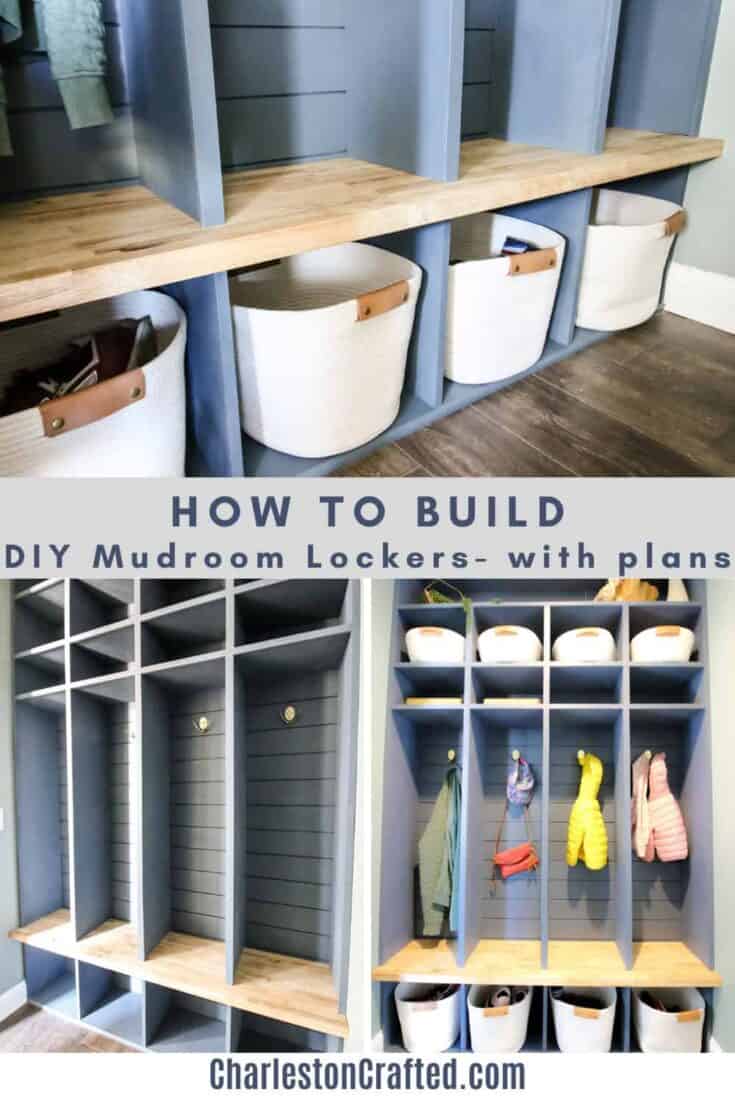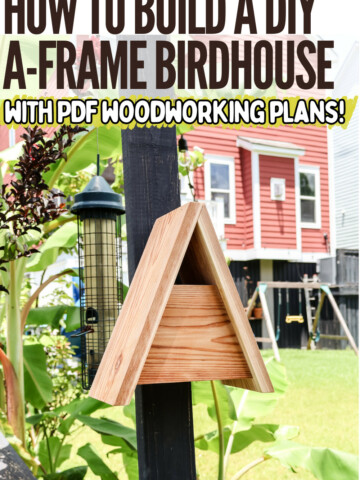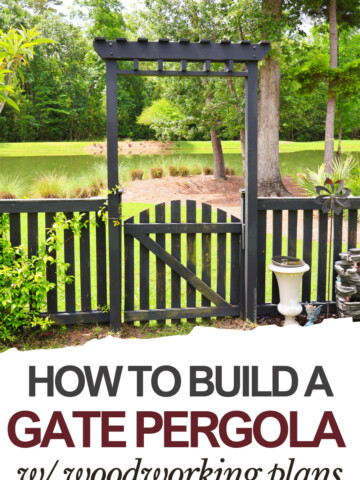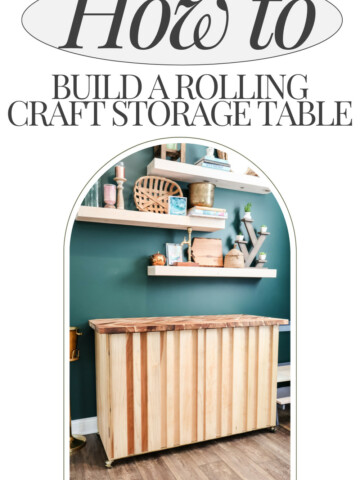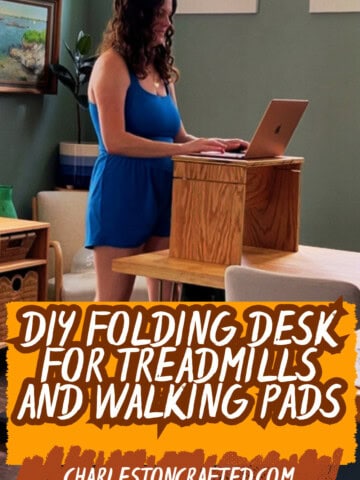Want to add shelves to your space? Here are the best DIY shelves for your home that you can build this weekend!
Shelves are one of my very favorite things to add to a room.
They add vertical interest - no more boring blank walls - and are super functional.
Whether you want functional storage (toys, books, collections) or decorative displays (decor, art, accessories), there are shelves for every purpose!
Shelving can be pricey to purchase and might not even be perfect for your space. Custom shelving is wildly expensive as well.
But, it can be surprisingly affordable to build your own shelves for your home!
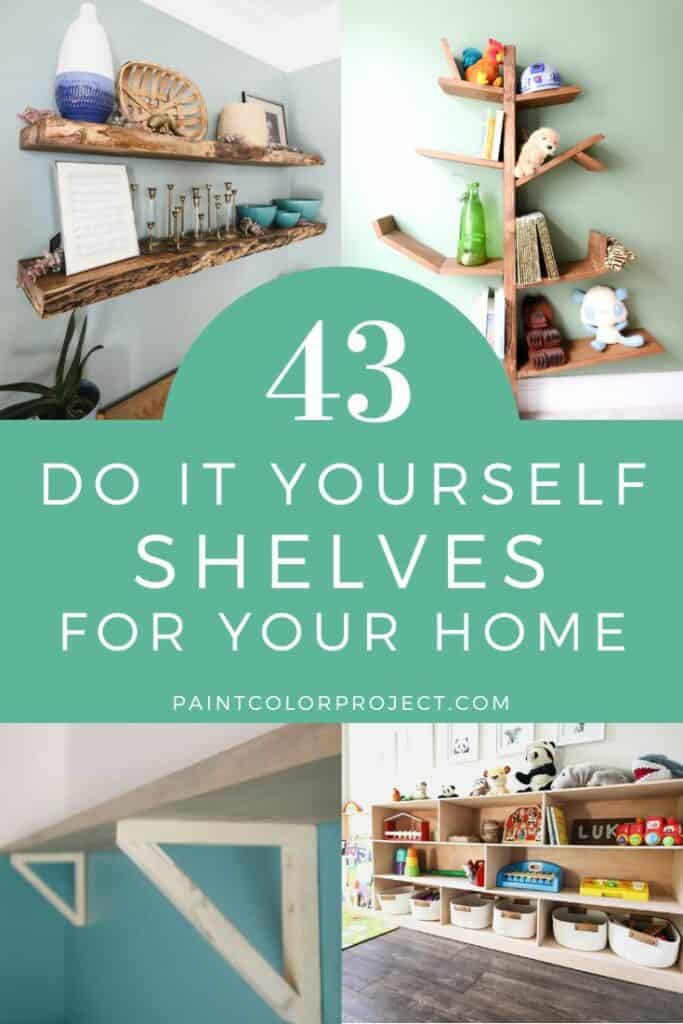
Is it cheaper to build your own shelves?
It is almost always cheaper to build shelves yourself compared to buying them pre-made. However, remember to consider the costs of wood, any necessary hardware, and any tools you might need to build them.
Plus, factor in the value of your time. If you have a super busy schedule, it might be better to buy a pre-assembled shelf. If you have a free weekend, you could probably build some shelves and learn a new skill along the way!
Benefits of DIY shelves over store-bought shelves
The main benefit of DIY shelves is that you can build them to fit your space and vision exactly. With store bought shelves, you are limited to the predetermined, standard sizing. With custom builds - anything is possible!
You could always paint or stain store-bought shelves for a custom look, but it is almost always cheaper to build your own shelves.
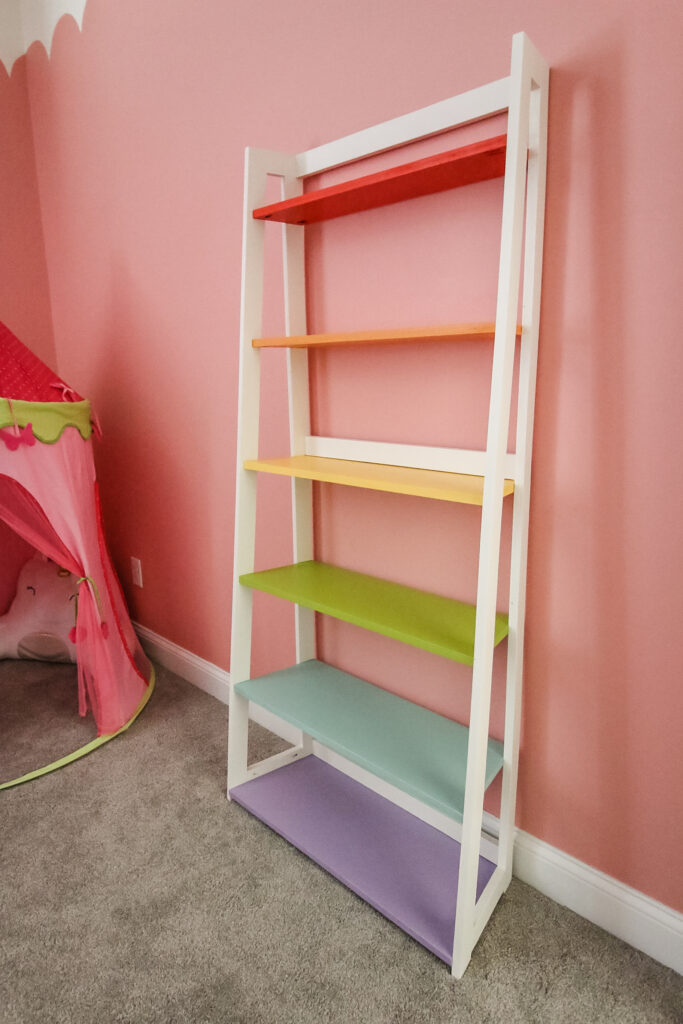
How thick should wood be for shelves?
You typically want wood that is at least ¾ of an inch thick for shelves. Anything thinner might sag under the weight. We have used slabs of wood as thick as 3 inches for shelves, but know that this wood is super heavy and will need very strong hardware to hold it up!
What is the cheapest wood to use for shelves?
The cheapest wood to use for shelves would be particle board. It is generally very inexpensive, but not the most attractive option. We have used particle board for attic or garage shelving.
The next cheapest wood would be MDF. This is a decent option and is very smooth and paintable for shelves.
The most expensive wood for shelves would be plywood. Plywood comes in different species of wood - with pine often being the cheapest and hardwoods being more expensive. If you want a wood looking shelf, I highly recommend selecting plywood.
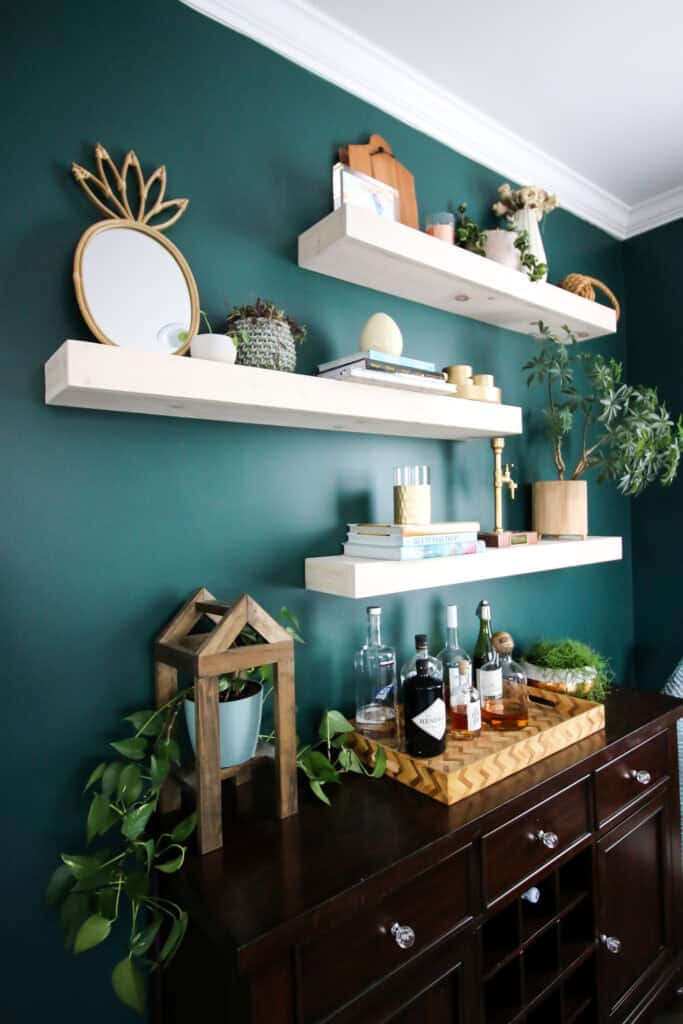
Tips and tricks for building strong and durable shelves
Here are some of my best tips for making sure that your shelves are sturdy!
- Use wood that is at least ¾" thick to prevent sagging.
- Add wood glue to your joints for an ultra tight fit.
- Anchor any freestanding shelf to the wall to prevent tipping. This is especially essential if you have small kids!
- Use proper hardware - including screws and brackets - so your shelves are ultra secure. Check the rating on any brackets to be sure it can hold the weight you plan to put on it.
- Plan your design in advance. Measure the space and draw out your design to best determine how to fit the space and the number of brackets or hardware needed.
- Finish it well by sanding smooth and adding stain or paint as well as a top coat for protection.
- Test the strength of your shelves with heavy objects before calling the job complete.
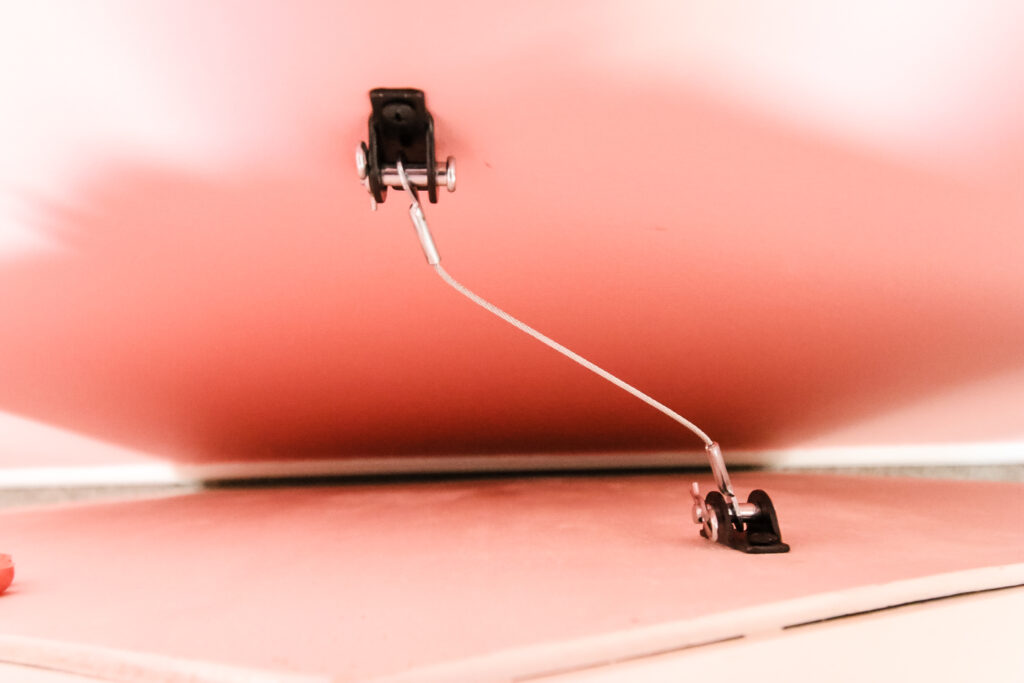
Common mistakes when building shelves
Avoid these common mistakes when building DIY shelves:
- Using the wrong materials - thin or flimsy materials can compromise the strength of your shelves. Also remember if you want to paint, stain, or leave the shelves natural. Not all materials like all finishes!
- Measuring mistakes - measure twice, then measure a third times. Once you start cutting, it can be hard to go back. Take time to make sure you feel confident in the dimensions of shelves you are going for.
- Not using enough brackets - even thick wood can sag over too far of a span. Make sure you add enough brackets that the shelves feel stable and secure.
- Not anchoring shelves - unanchored shelves could tip and crush someone. It's super important to anchor your freestanding shelves.
- Overloading the shelves - balance your weight across the length of the shelves and be sure your brackets and hardware are rated for the weight you plan to put on them.
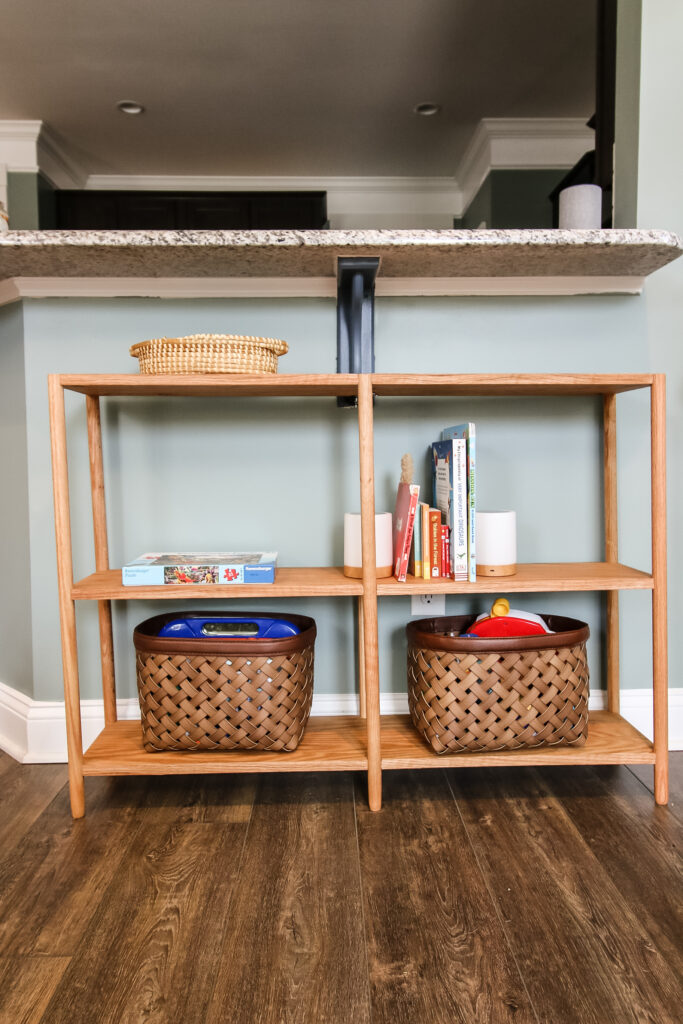
Types of DIY Shelves
There are several types of shelves that you can choose from for your home:
- floating shelves
- wall shelves
- corner shelves
- picture ledges
- freestanding shelves
- ladder shelves
- built in shelves
- closet shelves
- rolling shelves
- plant stands
DIY Shelf Ideas
Here are some of my favorite DIY shelving projects!
DIY Shelf Ideas
Here are a TON of different DIY shelf ideas to make your home more organized - and more beautiful!
Floating Shelves
Floating shelves are hung so that you cannot see the mounting hardware.
This tutorial shows the best hardware and methodology for hanging very thick slab floating shelves.
Here's how to make a simple floating shelf, no hardware needed.
This is a slightly different way to make a floating shelf with thinner plywood.
This simple entry shelf has hooks underneath for easy compact storage.
This floating shelf has the style of a ladder shelf, but is mounted directly on the wall! Great for hanging over something.
These picture ledges are very shallow floating shelves with a little lip to hold frames or art on display.
Here's how to build a super simple, slim nightstand for a bedroom without a ton of floorspace.
Wall Shelves
Wall shelves are any wall hanging shelving system where you do see visible hardware.
Get a modern look by using these L brackets that mount the hardware above the shelf.
Here's a great tutorial on how to make your own wooden shelf brackets.
Pegboard shelves are nice, but how about these oversized pegboards? Instead of regular pegs, it uses dowels to create modular shelving.
How about using pipe bars as shelf brackets? This is a cool industrial look!
This is one of the easiest shelving tutorials ever - but with cool, geometric brackets.
Hexagon wood shelves add an interesting angle and dimension to your space.
How to make a hanging wall shelf with rope!
This tree-shaped bookshelf mounts to the wall and is whimsical and adorable for a kids' space.
OK, this isn't really a wall shelf but a ceiling shelf - but close enough! How to make a super simple wooden hanging plant shelf!
Freestanding shelves
Freestanding shelves are individual shelving units that sit on the ground. They can be anchored to the wall for extra security.
Got spray paint? This wooden shelf will hold a ton of cans!
Similarly but for cans of paint and stain instead of spray paint.
This toy shelf is designed to make it as easy as possible for kids to find their toys and put them away!
This simple slim console table also works as a small bookshelf. I love the metal accents!
We have 2 of these bookshelves in our living room for kids books and toys!
Got a lot of potted plants? This shelf has space for pots and hanging pots!
This wood ladder is perfect for storing blankets or towels.
Kids love being able to see the front cover of books. Here's a forward facing bookshelf!
Make the most out of a small bathroom with this simple over the toilet storage shelf!
I love the unique A-frame design of this shelving system!
This slatted plant stand has 2 levels to hold tons of potted plants.
A tiered plant stand makes room for larger plants on the bottom.
Display a ton of toys, books, or collectibles on a ladder style shelf.
This slim shoe shelf is perfect for a small entryway.
Built in shelving
Built in shelving is designed to fit a very specific space, such as a closet or pantry.
A great tutorial on how to add wooden shelving to any closet.
This angled shelf is attached to the wall and designed to fit a nook of your closet perfectly.
A great tutorial showing how to design and build a wooden closet system.
Give your kitchen a more grand look by adding sshelves and molding over the top of the upper kitchen cabinets.
Fill an awkward nook in your kitchen with built in corner shelving.
Got an attic? Here's how to add custom shelving to make the most of the space.
How to build simple built in wooden pantry shelves.
How to remove an old medicine cabinet and add a built in shelf, instead!
Wire shelving can be frustrating. Here's how to replace it with simple wood shelves!
Here are 4 easy shelves you can add to your kitchen including a cookbook shelf and a built in tilt out trash can.
Take your closet to the next level with this gorgeous built in drawer and shelf system!
Upgrade your linen closet with custom shelving.
Lockers can take a mudroom from bland to beautiful - and super functional.
What are your favorite DIY shelf ideas?
Looking for something?
We've been doing this since 2012 so we have a LOT of blog posts!
Search stuff like: Ceiling Projects | DIY Plant Stands | Thrift Flips


Hello, I'm Morgan, half of the creative force behind CharlestonCrafted.com! With a passion for DIY that dates back to 2012, I've transformed three homes and now I'm dedicated to helping others craft their dream spaces. Let's turn your house into a home together!

